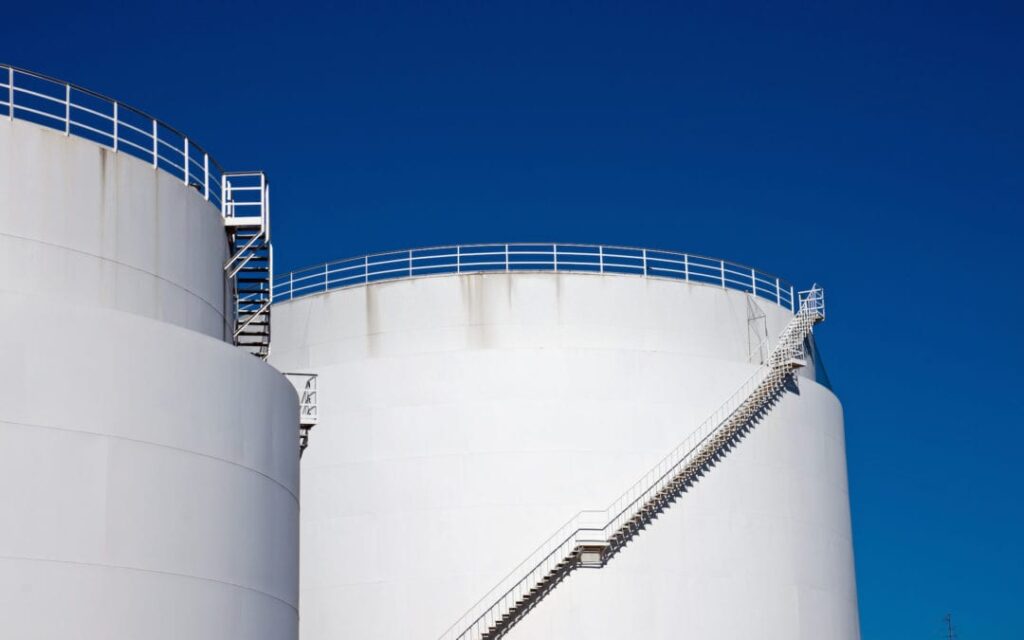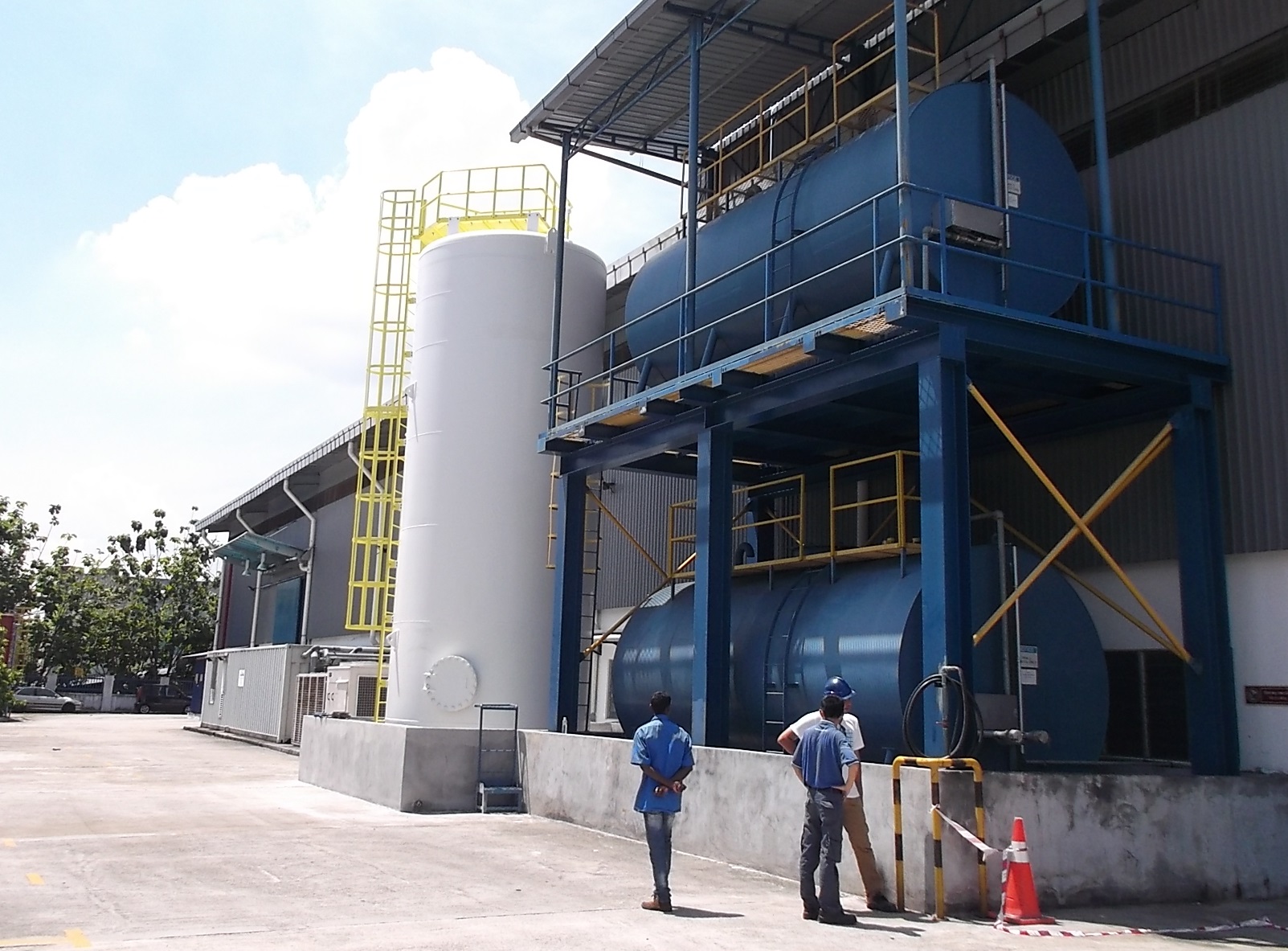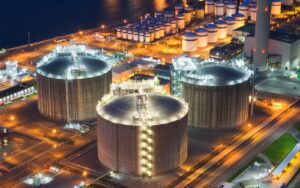You’re always looking for ways to make your supply chain run more efficiently. Your goal is to get resources and materials where they need to go as quickly and cost-effectively as possible. One strategy often overlooked is Storage Tank Placement Logistics Optimization. Where you place your storage tanks can have a huge impact on transportation time and cost. If they’re in the wrong spot, your trucks have to travel farther to load and unload, wasting time and money. Put them in the sweet spot, though, and your whole supply chain starts humming.
This article will show you how to determine the optimal locations for your aboveground storage tanks to minimize transportation logistics costs. You’ll learn how to analyze your supply chain network, forecast demand, and find the sites that will get your materials where they need to go fastest. When you place your tanks strategically, you streamline your entire logistics operation. Your trucks spend less time on the road and more time delivering resources. And your bottom line benefits from the savings. Read on to find out how aboveground storage tank placement can maximize your supply chain efficiency.

Analyzing Supply Chain Flow and Identifying Bottlenecks
If you want to maximize supply chain efficiency, strategic aboveground storage tank placement is key. By analyzing your supply chain flow and identifying any bottlenecks, you can determine the optimal locations for your storage tanks.
First, examine where raw materials enter your supply chain and how they move through your facilities. Look for any areas where the flow slows or stops due to limited storage space or equipment constraints. These pinch points reduce efficiency and ultimately impact your bottom line.
Next, consider where you have available space that could house additional storage tanks. Empty land adjacent to your facilities is ideal, as it simplifies the transportation of materials to and from the tanks. If no suitable land remains within your site, you may need to explore options to purchase or lease nearby property.
Also think about how full tankers arrive and where empty ones depart. Placing tanks near your loading and unloading areas will minimize the time tankers spend traveling between the tanks and your facilities. This saves on fuel, transportation costs and driver hours.
Finally, determine what materials would benefit most from expanded storage. Focus first on high-volume, frequently used raw materials and those with fluctuating availability or pricing. Additional storage capacity gives you the flexibility to purchase these materials in larger quantities when the price is right.
With strategic storage tank placement tailored to your supply chain’s unique needs, you’ll gain efficiencies that boost productivity, reduce costs, and ultimately drive greater profitability. Optimizing your logistics infrastructure is well worth the investment. Analyzing your current operations, identifying key opportunities, and implementing the right solutions can make all the difference.
How Tank Farm Configuration Impacts Logistical Efficiency
Having an optimized tank farm configuration can make a huge difference in how efficiently your supply chain operates. The placement and sizing of your aboveground storage tanks directly impacts the time and resources required to transport materials.
Tank Capacity Matters
Choosing tanks that hold the proper volume for your needs allows you to reduce the frequency of deliveries, decreasing costs and traffic. Oversized tanks mean wasted space and material, while undersized tanks mean more frequent deliveries and increased handling. Get the size right for your operation.
Location saving time and energy
Strategically placing your tanks can minimize transportation time and distance. Locate tanks close to where materials are sourced or used to limit transit. For example, place raw material tanks near receiving points and finished product tanks near shipping docks. This proximity cuts down on interfacility transportation and makes loading/unloading more efficient.
Configure for Maximum Accessibility
Arranging your tank farm in a way that allows for easy access to all tanks optimizes the flow of materials onsite. A simple grid pattern with adequate space between tanks is ideal. Number and label tanks clearly so they can be located quickly.
With some forethought in the areas of tank sizing, placement, and configuration, you can develop an aboveground storage tank setup tailored to your needs. An optimized tank farm means smoother logistics, reduced costs, and a more efficient supply chain overall. Designing for efficiency pays off.
Equipment and Pipelines for Seamless Product Flow
To maximize supply chain efficiency, strategic placement of aboveground storage tanks (ASTs) is key. Coordinating ASTs with other equipment like pipelines, pumps, and transport vehicles streamlines the flow of products through your facility.
Connecting ASTs to Pipelines
Connecting ASTs directly to pipelines eliminates the need for loading and unloading transport vehicles, reducing costs and the risk of spills or other accidents. With an efficient pipeline system in place, products can be seamlessly transferred between ASTs and transported long distances. Be sure to consider the properties of the materials being handled to determine optimal pipeline sizes and compatible materials.
Pumps for Filling and Unfailing
High-volume pumps allow you to quickly fill and empty ASTs, keeping products moving at a steady pace. Choose pumps rated to handle the densities and flow rates of the specific products you need to transfer. Multiple smaller pumps may offer more flexibility than one large pump. Place pumps at strategic points to reduce the distances products must be transported between ASTs and other facility equipment.
Transport vehicles for loading and unloading
For loading and unloading transport vehicles like tanker trucks, locate ASTs near well-designed vehicle access points. Position ASTs so vehicles can easily maneuver around them, with enough space for parking and temporary storage if needed. Level ground, non-skid surfaces, and proper containment measures help ensure safe transfer of materials between ASTs and vehicles.
Optimizing the locations and connections between your ASTs, pipelines, pumps, and transport vehicles improves how materials flow through your supply chain. Carefully coordinating these components minimizes unnecessary movement and handling of products, reducing waste and inefficiency. Strategic AST placement streamlines your logistics, allowing for faster, safer, and more cost-effective operations.
Environmental Regulatory Compliance by Optimizing Logistics
Maintaining compliance with environmental and safety regulations is crucial when optimizing your supply chain logistics. Strategic aboveground storage tank placement allows you to streamline transportation while still meeting all legal obligations.
Following Environmental Protection Regulations
Make sure any aboveground storage tanks meet EPA standards for secondary containment, corrosion protection, and leak detection. Secondary containment, like dikes, must be able to contain 110% of the largest tank’s volume. Choose a tank material compatible with the chemicals stored and install monitoring systems to detect even minor leaks. Ensure leak prevention strategies.
Regularly inspect all equipment for signs of damage or wear and tear. Perform routine maintenance like repainting to prevent corrosion. Document all inspections, repairs, and maintenance for compliance records. If there is ever an accidental release, have emergency plans in place to immediately contain and remediate.
Ensuring Workplace Safety
Proper tank placement also promotes safety for employees and anyone else onsite. Leave adequate space between tanks for access, fire lanes, and spill containment. Install impact protection, especially for tanks containing flammable liquids.
Position tanks so releases flow away from buildings, vehicles, and equipment. Place tanks on level ground that is rated to support their total maximum weight when full.
Optimizing Logistics
Once you’ve addressed regulations and safety, you can optimize logistics. Group tanks with compatible contents together based on transportation mode (rail, truck, or pipeline), customer locations, or production processes. This minimizes unnecessary transportation and handling.
Provide dedicated loading/unloading areas for each tank grouping. Install multiple connections or manifolds on larger tanks so you can load and unload more efficiently using multiple hoses or pumps at once. Position rail spurs, pipelines, roadways and docks for convenient access to tank groupings.
When regulations, safety, and logistics work together, aboveground storage tanks can significantly improve your supply chain. Careful planning and compliance help reduce costs, minimize waste, increase productivity and ensure a safe working environment for all.
Conclusion
So there you have it, by strategically placing aboveground storage tanks at key locations in your supply chain, you can seriously improve transportation efficiency and cut costs. With the savings from reduced transit times and optimized routing, the initial investment in new storage infrastructure will pay for itself in no time. And with transportation being such a huge expense for most companies, even modest improvements can have a big impact on the bottom line. If streamlining your logistics and boosting profit margins sounds appealing, placing aboveground tanks at strategic locations throughout your supply chain is an easy win. Give it a shot – your CFO will thank you!




